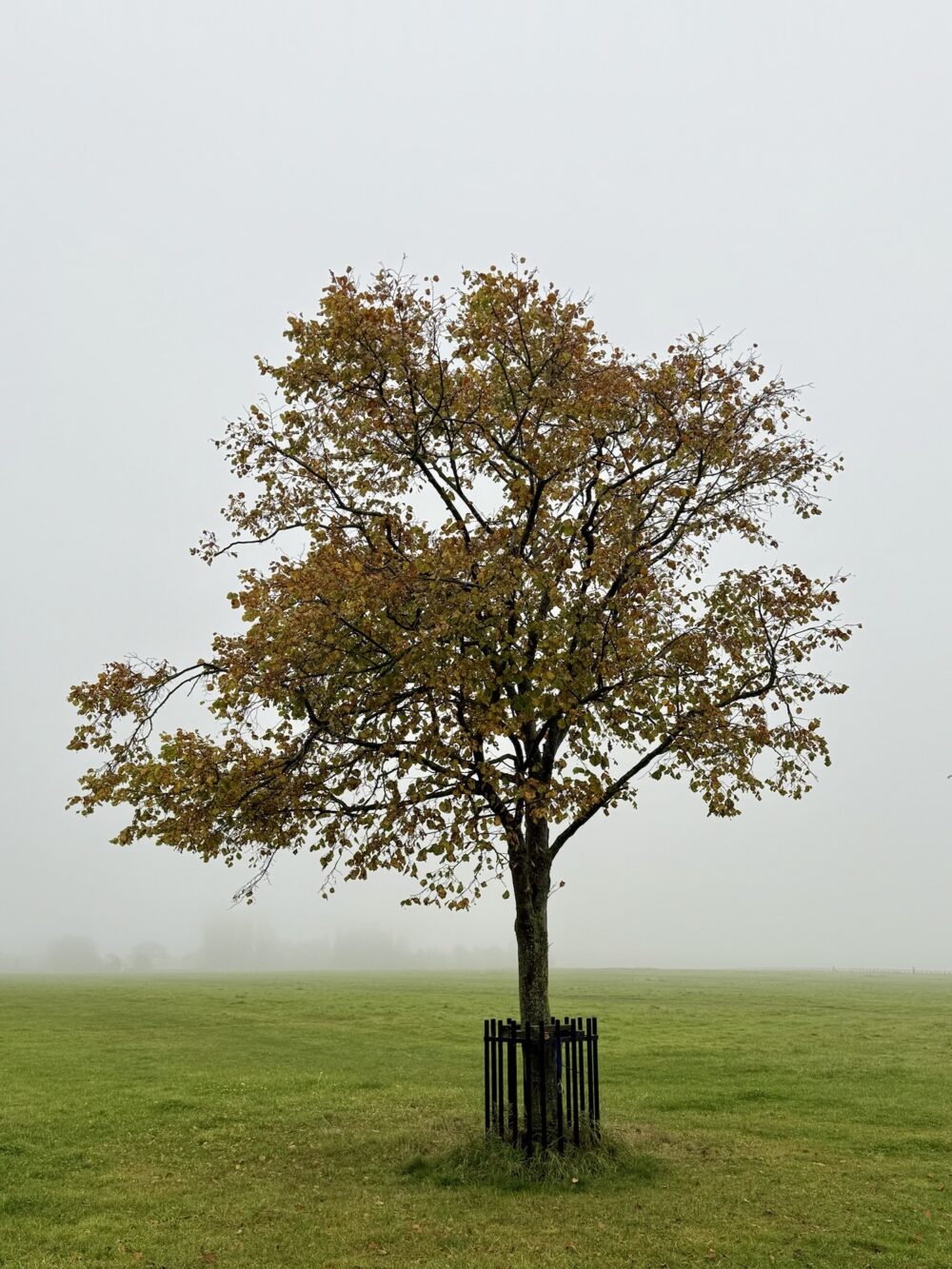405 words posted by Simon on 20 October 2024
I’ve featured a lot of memorial fountains recently, and you may have thought that they’re looking a bit worse for wear. But over in Newcastle’s Exhibition Park, the clock erected in memory of Mr T H Nicholson in December 1927 is faring somewhat worse. The clock has been missing so long that even the Local Authority isn’t certain when and where it departed: ‘the clock was probably removed due to vandalism’ is as much as they’ve got.
I’ve struggled to find much record of T H Nicholson: even local history websites seem at a bit of a loss to who the clock was commemorating. The Newcastle Journal has a short entry about his funeral in December 1927, though restricts itself to listing the mourners rather than any facts about the man himself—though it does reveal his first name to be Thomas. His grave appears to be in St Andrew’s cemetery, just across the Great North Road from the site of this clock.
Given most of the connections in similarly aged Newcastle memorials, I strongly suspect he was in the shipping trade. There is a single sentence about TH Nicholson launching a ship on Tyneside in one contemporary press article. But—brace yourself for a handbrake turn—there is a much longer report on a Mr Thomas H Nicholson in the North Star in 1921:
“You are nothing more nor less than a contemptible hound; you shall go to prison for three months with hard labour!”
Ald C Stableforth, the chairman at Newcastle Police Court, made the above remark yesterday afternoon when he sentenced Thomas H. Nicholson, 104 Violet Street, Benwell, for inflicting cruelty on his three children.
Witness after witness said that the man not only thrashed his wife, but that he also severely punished his children and struck his infant.
Ald Stableforth said the magistrates had no doubt but that Nicholson had deliberately struck his infant and wife. It was the most disgraceful case he had ever encountered.
There are more, desperately grisly, details in the article which don’t bear repeating: suffice it to say that he’d be getting far more than three months in prison nowadays.
I’ve no way of checking whether the clock and the newspaper article refer to the same Thomas H. Nicholson. Surely they can’t be the same person, or the greater mystery would not be the missing clock, but the fact that the frame and plaque are still standing.








